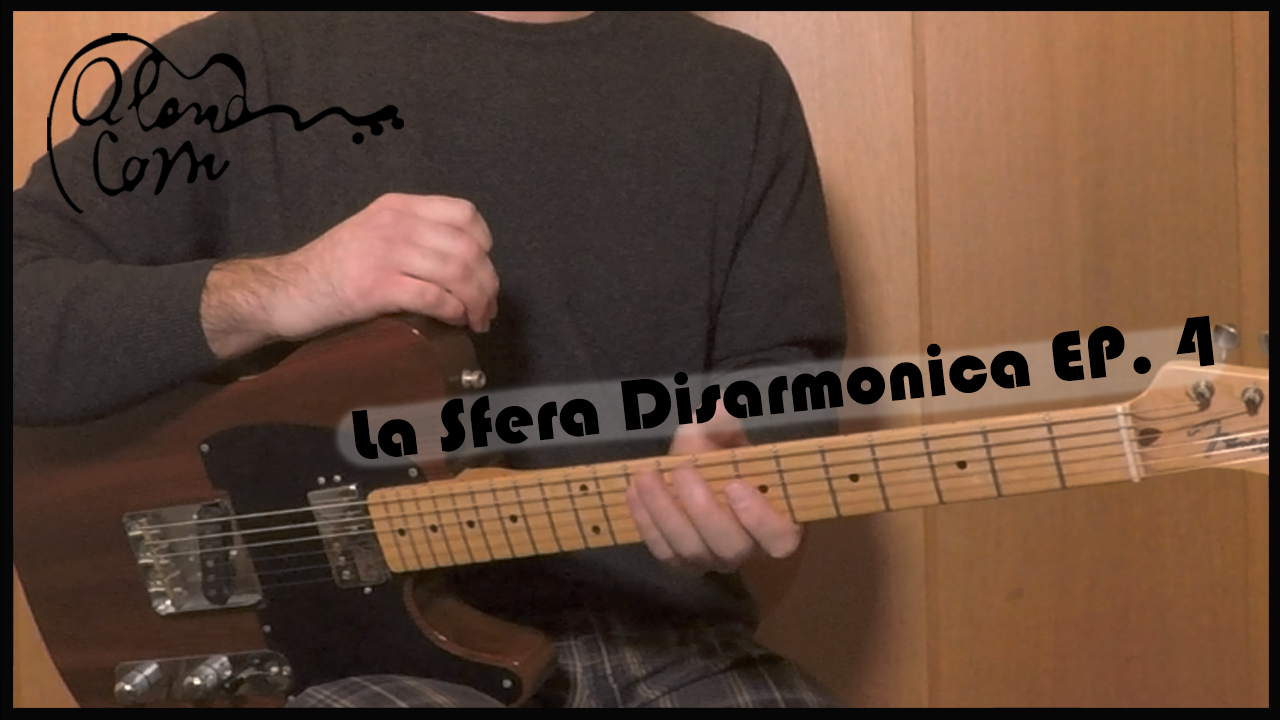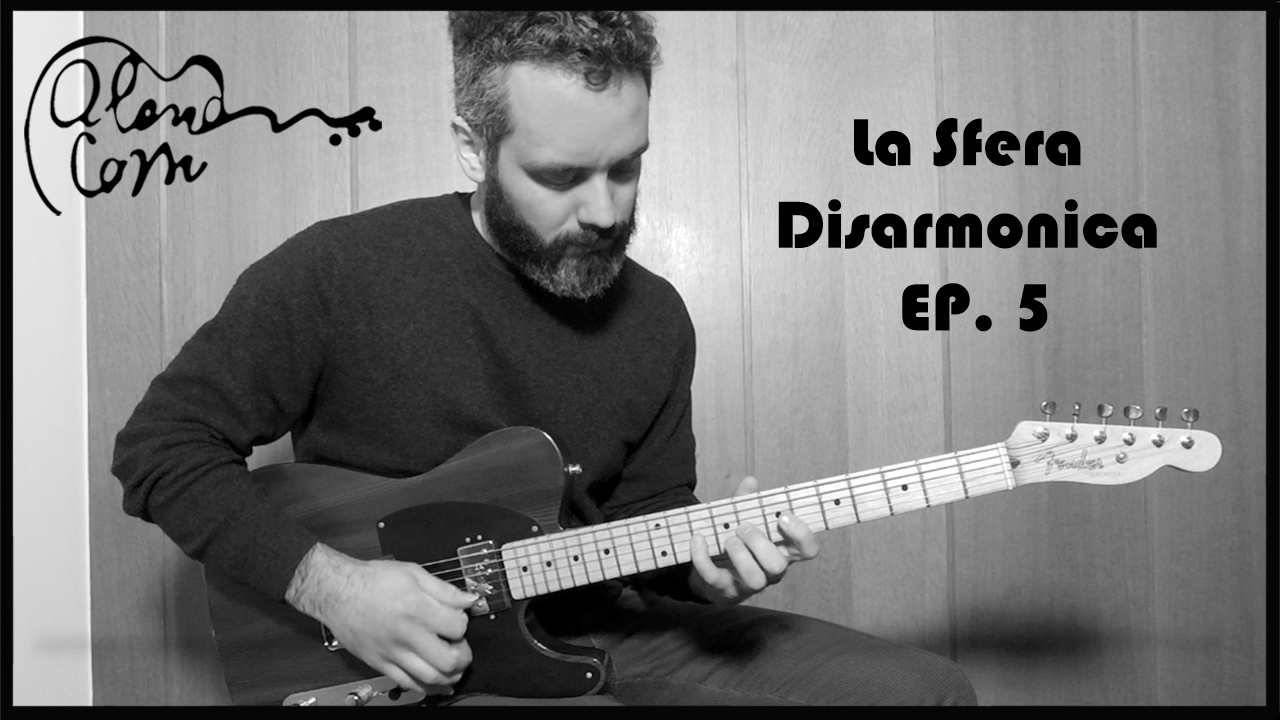
RHYTHM, BEAT, MEASURE, DIVISION
8 Marzo 2019
PHRASES AND MOTIVES
15 Marzo 2019Motif, Motive
It is said a motive a brief thematic element, either melodic, rhythmic or both, subject to repetitions and transformations. A motive is thematic in so far it is repeated and is recognizable; at the same time it is usually not an independent melody buy is a part of a melody. (Walter Piston)
A motive constantly recurs throughout a piece: it repeated. Repetition alone brings to monotony. Monotony can only be overcame throughout variation. […] (Arnold Schönberg)
A short figure of characteristic design that recurs throughout a composition or a section as a unifying element. A motive is distinguished from a theme or subject by being much shorter and generally fragmentary. In fact, motifs are often derived from themes, the latter being broken up into shorter elements. As few as two notes may constitute a motif, if they are sufficiently characteristic melodically and/or rhythmically. (Harvard Dictionary of Music)
Phrase
To explain what a phrase is in music we can make an analogy: phrase is in music what a verse is in poetry. A phrase shows some regularity in the number of measures, usually 4 or 8. Its primary characteristic is to be perceived as a complete element of musical sense; moreover, unless it expresses in some way a sense of conclusion, it usually implies the necessity of being followed by a new phrase. It is what shows the beginning and end of a certain melodic element and also the starting point for the following. (Walter Piston)
A division of the musical line, somewhat comparable to a clause or a sentence in prose. Other terms used for such divisions are period, half-phrase, double phrase, etc. There is no consistency in applying these terms nor can there be, in view of the infinite variety of situations and conditions found in music. Only with melodies of a very simple type, especially those of some dances, can the terms be used with some consistency, e.g., half-phrase for a unit of two measures, phrase for one of four, double-phrase or period for one of eight, double period for one of sixteen. (Harvard Dictionary of Music)
Rhythm
In its primary sense, the whole feeling of movement in music, with a strong implication of both regularity and differentiation. Thus, breathing (inhalation vs. exhalation), pulse (systole vs. diastole), and tides (ebb vs. flow) all are examples of rhythm. Rhythm and motion may be analytically distinguished, the former meaning movement in time and the latter movement in space (pitch). A melody can be separated into a rhythm skeleton and a motion skeleton, but each qualifies the other. (Harvard Dictionary of Music)
Tonality
Loyalty to a tonic, in the broadest sense of the word. Whereas in Gregorian chant and other monophonic music the relationship are purely melodic, a much more complex situation is encountered in harmonized music. About 1700 came general acceptance of a system of tonal functions based on the establishment of three main chords -the tonic, the dominant, and the subdominant triads- as the carriers of harmonic as well as melodic movements. […] In current usage the term “tonality” and “modality” are mutually exclusive, the former referring to music written in a “key” (major or minor mode) and the latter to pieces written in, or showing the influence of, the church modes. (Harvard Dictionary of Music)


